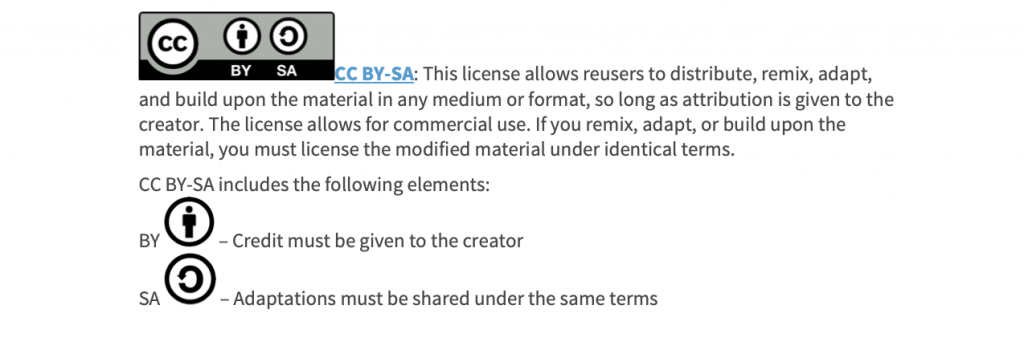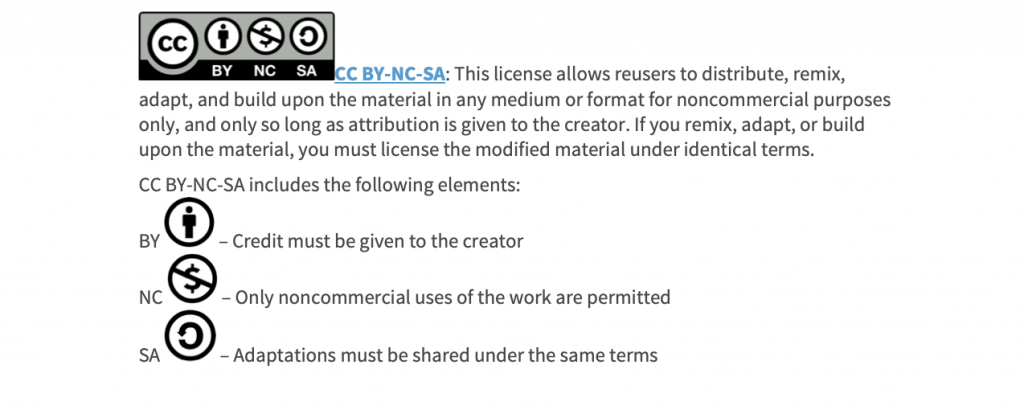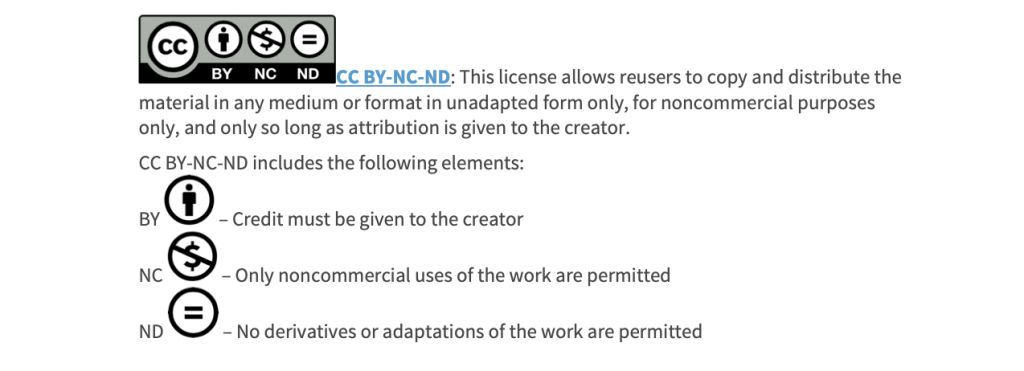14 Citations and Attributions
Dahliani Reynolds, PhD
We often think about writing as a solitary act, of putting one’s thoughts into words, and then inscribing our words on the page. And it is. But not really. Whether we write alone or collaboratively, our thoughts are never just our own. We are always responding to something or someone else, especially when writing to explore and solve problems. In How Writing Works, we often talk about academic writing as “joining a conversation.” When you sit down to write, you are not writing out of nowhere. You are writing in response to something that happened and to what others have already said about what happened. In other words, you write to join an already existing conversation—which means you have to familiarize yourself with that conversation. If you want others to listen to your contributions to the conversation, you have to demonstrate your awareness of what others have already said. This means that most of the time, your writing is rarely a record of only your own words; it is almost always going to include other voices.
As you know, if you use someone else’s words, you have to cite them, or give them credit. Failing to do so constitutes plagiarism, which is a kind of intellectual theft or academic dishonesty. You also need to give credit when you draw on other’s ideas, even if you are putting them into your own words. You are probably already familiar with these ideas about citing your sources, and likely have at least some practice using at least one of the most common citation systems.
Academics use various citation systems to cite their sources. Modern Language Association (MLA) and American Psychological Association (APA) are two of the most common systems, but there are others. It’s important to understand that these citation systems are disciplinary in nature. They have been developed by the discourse communities that use them to provide consistent practices for citing sources and conveying the most important information about those sources to readers.
Keep in mind that what constitutes the most important information differs across discourse communities, and citation systems reflect this difference. For example, in the social sciences, cutting edge research is valued, which means that sources need to be as current as possible. As a result of this priority, APA places the date of publication immediately after the author’s name—so it is one of the first pieces of information readers get about the source. In the humanities, however, date of publication is not as important, and so the date is listed later in the citation. Similarly, the conventions in all citation systems change over time, as the kinds of sources available (or valued) in different disciplines have changed. For example, both MLA and APA now have a preferred format for citing a website—a format (and a kind of source) that didn’t exist not so long ago. As a writer joining these various discourse communities, you probably need not master the nuances of multiple citation systems, but it is important that you understand the disciplinary nature of these systems, and learn how to find information about the correct format for each system.
As a writer who has probably had years of education devoted to learning about academic writing, you might be surprised to know that citation systems like APA and MLA are rarely used in writing for professional or public audiences. Though you will likely not need to use the same kind of citation practices when writing for professional or public audiences, the same ideas about giving credit to others still apply. The methods for doing so are less formalized and rely more on attribution than citation. Attribution and citation are both about giving the writer/artist credit for their work, or “attributing” the words or artistic creation to their composer. Citation is simply a formal, stylized version of attribution, used by specific (often academic) discourse communities. This distinction is particularly important in writing for professional and public audiences, because you are likely to draw on a greater range—and certainly different—kinds of sources than you might when writing for an academic audience. Instead of relying almost solely on academic scholarship, writing for professional or public audiences might also include sources drawn from popular literature, digital content, multimodal resources, etc. It is thus very important to pay attention to the kinds of copyright governing the sources you use in your writing.
Copyright
Copyright is a legal method for protecting one’s intellectual property, whether it be a written text, a photograph, a music composition, etc. If you write a short story, it is your intellectual property—which means no one else can use or reproduce or sell it without your permission. The protections afforded by our legal copyright system are automatically granted to your story, even if you don’t register it for a formal copyright license. Obviously, copyright is an important legal protection to keep others from “stealing” your work. On the other hand, as a system that evolved decades before the proliferation of digital and self-publishing opportunities, it is not always efficient for current writing situations. If you are creating a video and want to use a song by Lizzo for the soundtrack, you are legally required to request permission to do so. Failure to secure written permission would result in copyright infringement, punishable by law.
In the absence of written permission to use Lizzo’s song, you have two ethically and legally permissible options. The first option is to apply “fair use” principles. Fair use allows you to use copyrighted material—without written permission—under certain conditions:
- Your purpose for using the copyrighted material
- The nature of the copyrighted material
- The amount of the copyrighted material you use
- The effect of your use on the market value of the copyrighted material
All four conditions impact fair use decisions, but they are also all subject to the court’s opinion. For example, if your purpose in using Lizzo’s song is to serve as the soundtrack to a video you are making for educational purposes, or if you are using it for a transformative purpose such as a parody, then it would lean in the favor of fair use. However, if you are creating a video to sell your line of skin care products, it might not, because of the commercial motive. If you plan to use just a single verse instead of the whole song, that too leans in favor of fair use; but if you want to use the chorus—the most recognizable part of the song—that can be problematic. Likewise, if your use of the copyrighted material will impact Lizzo’s future revenue from the song, that brings up significant questions as to the “fairness” of your use.
The second ethically and legally permissible option is to find out if Lizzo’s song is licensed through a creative commons license. Many digital sources (images, music, video, websites) are copyrighted through a creative commons license, which means while they remain copyrighted, the writer or artist has already granted permission for others to use their work without asking for permission. Creative Commons licenses carry certain restrictions about usage:
- If you need to attribute the work to the original author/artist
- If you are allowed to adapt the work (change or excerpt or remix it)
- If you are allowed to sell it
- If you are required to use the same creative commons license in your work
As illustrated below, the six different licenses utilize different combinations of these restrictions, with a seventh option offering free access through public domain.







When you use something licensed with a creative commons license, your attribution for those sources must note those restrictions, as well as provide the author’s name and title of source.
When you integrate multimodal sources, best practice is to place your attribution on the page next to the source (typically, just below the picture, sound clip, video player, etc.), or in a list at the end of the text (as is the case in this book). Your attribution would not be formatted using APA or MLA citation systems, but would include information about the author and creative commons license. Typically, an attribution would include:
- title
- author/artist’s name
- source
- license
Additional information about best practices for attribution can be found on the Creative Commons website. Additional information about current guidelines for MLA and APA citation systems can be found on the Purdue OWL website.

